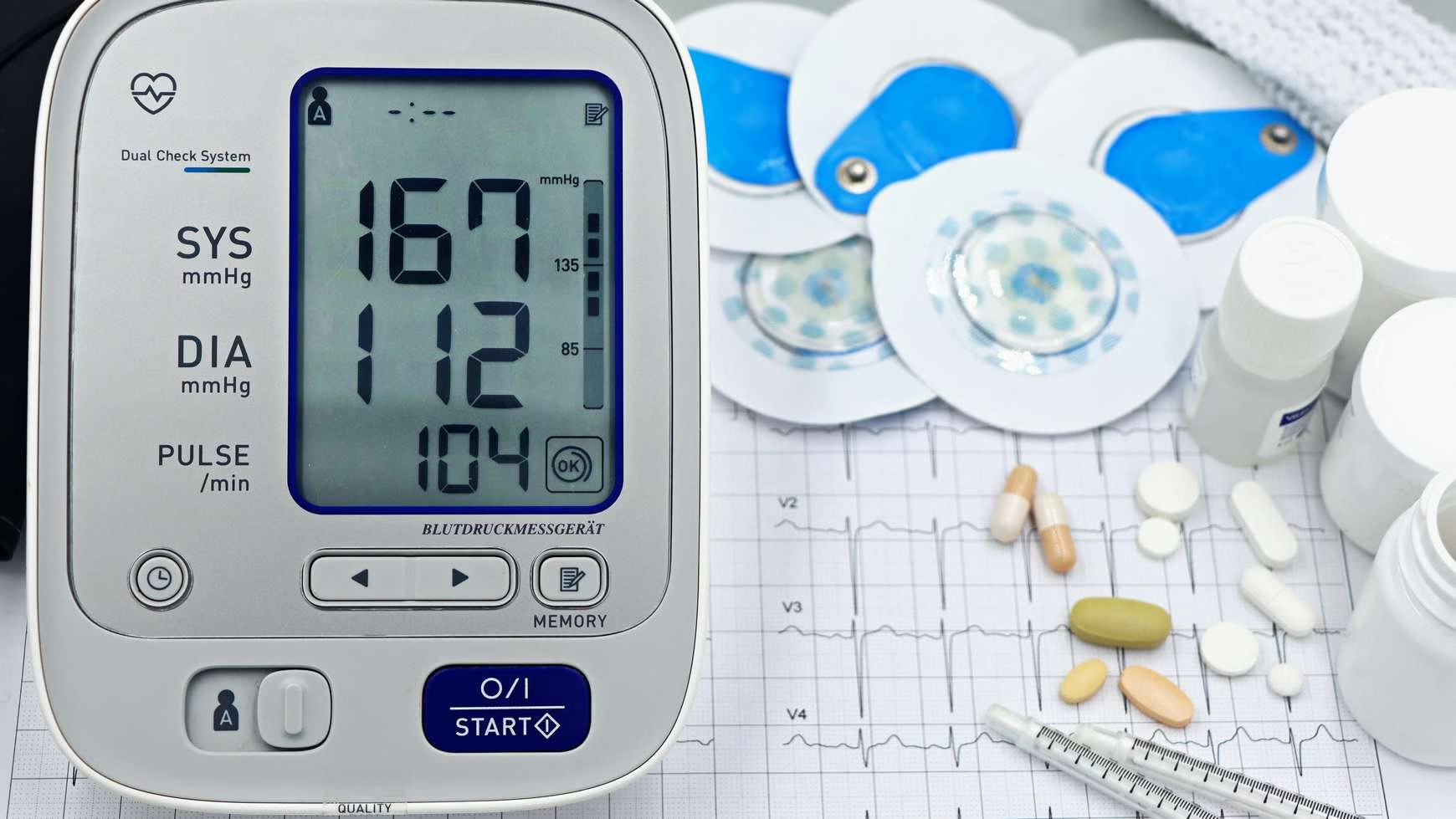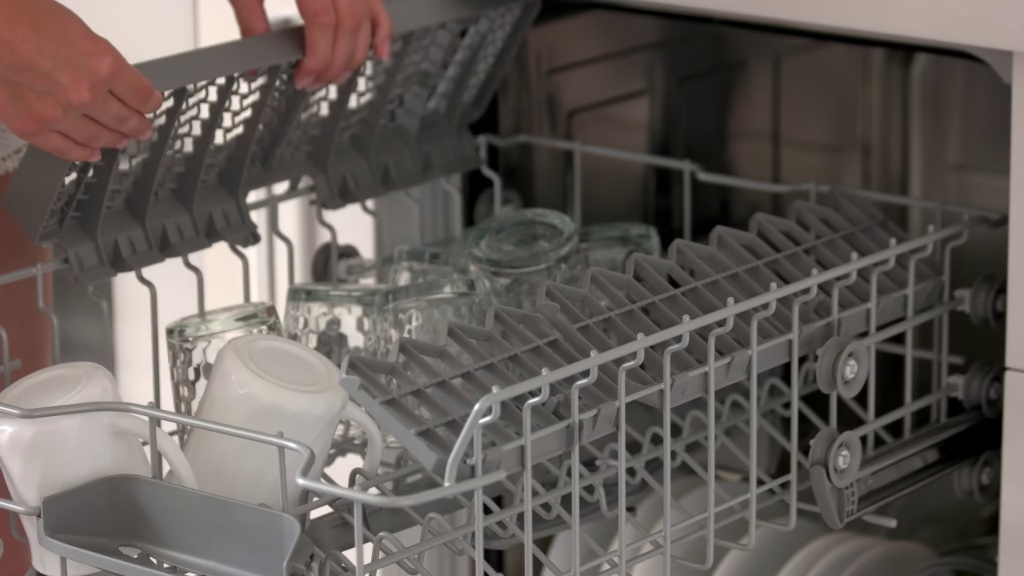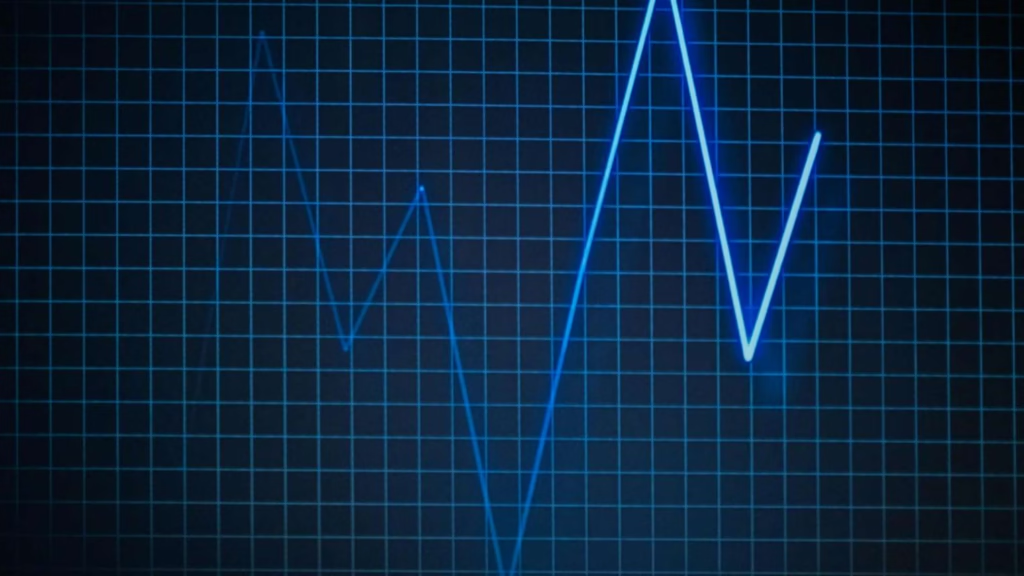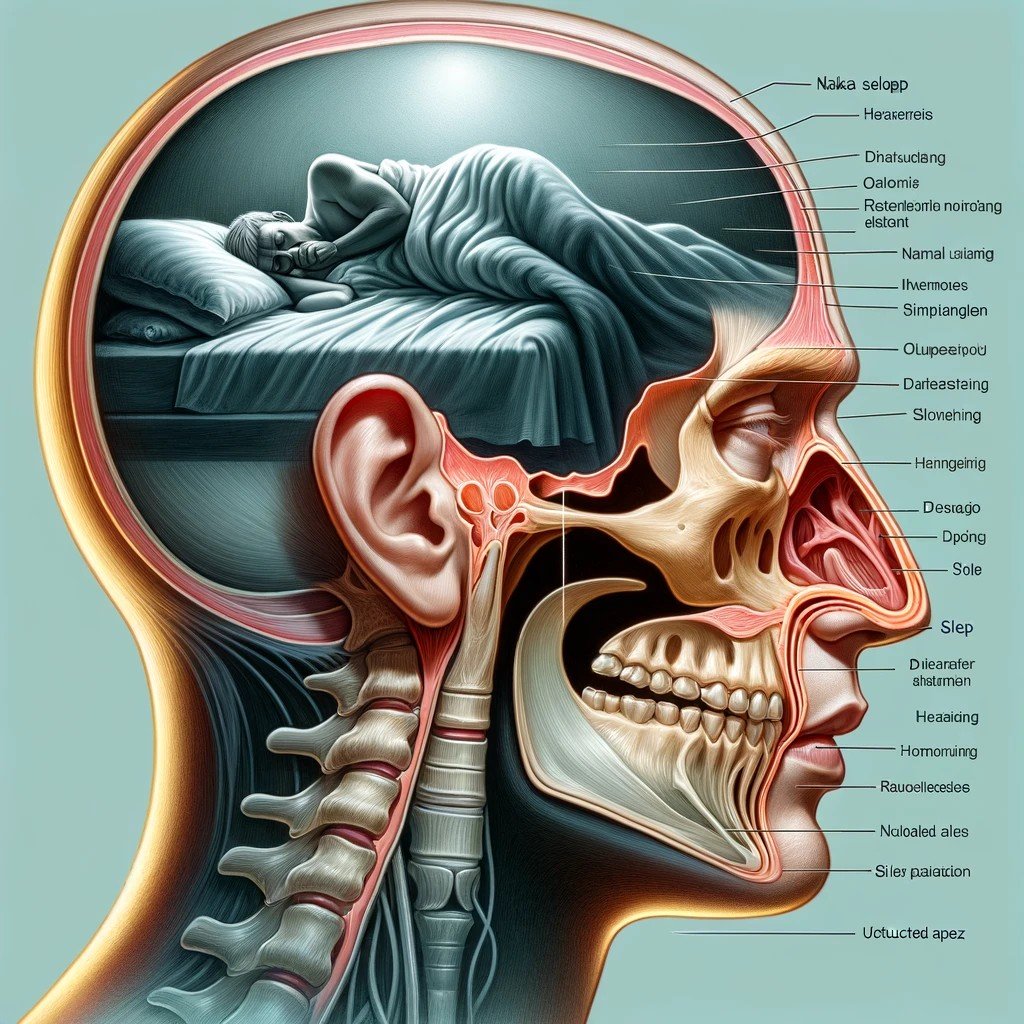Learn what normal blood pressure numbers mean for you. This easy 2026 guide explains healthy levels, new categories, risks, and practical tips to keep your heart strong.
Table of Contents
Your Blood Pressure Numbers: The Complete 2026 Guide
Key Takeaways
- Healthy blood pressure is below 120/80 mm Hg.
- Knowing your numbers helps prevent heart disease and stroke.
- You can manage blood pressure with diet, exercise, stress control, and routine check-ups.
Understanding Your Blood Pressure Numbers
Have you ever looked at your blood pressure reading and wondered what it means? Find your MAP with our blood pressure map converter.
Your heart health depends on these numbers — and understanding them can help you live longer and feel stronger.
This guide breaks it all down simply. You’ll learn:
- What your numbers actually show
- The 2026 blood pressure categories
- The risks of unhealthy readings
- Practical ways to keep your heart healthy
Blood Pressure Basics
Blood pressure is the force of your blood pushing against your artery walls.
It shows how efficiently your heart and blood vessels are working.
Systolic vs. Diastolic Pressure
- Systolic pressure (top number): The pressure when your heart beats.
- Diastolic pressure (bottom number): The pressure when your heart rests between beats.
A normal example might be 118/76 mm Hg. Both numbers matter equally for heart health.
What Counts as Normal Blood Pressure?
According to the 2026 guidelines, healthy blood pressure is below 120/80 mm Hg.
Numbers can vary depending on your age, activity, and time of day, but staying near this range is ideal.
2026 Blood Pressure Categories
| Category | Systolic (Top) | Diastolic (Bottom) | What It Means |
|---|---|---|---|
| Normal | Below 120 | Below 80 | Healthy range |
| Elevated | 120–129 | Below 80 | Early warning |
| Stage 1 Hypertension | 130–139 | 80–89 | Make lifestyle changes |
| Stage 2 Hypertension | 140+ | 90+ | May need medication |
| Hypertensive Crisis | Over 180 | Over 120 | Seek emergency help |
These updated categories help doctors detect risks sooner and take action earlier.
What Affects Your Blood Pressure
Several factors can change your numbers:
- Age: Arteries stiffen over time, raising pressure.
- Family History: Genetics play a role.
- Lifestyle: Too much salt, alcohol, or stress — and too little movement — can increase pressure.
- Weight: Extra body weight makes your heart work harder.
- Health Conditions: Diabetes or kidney issues can raise your risk.
- Environment: Access to healthy food and healthcare also matters.
Why Healthy Numbers Matter
High blood pressure is called the “silent killer” for a reason — it often shows no symptoms until it causes serious harm.
Long-term high blood pressure can:
- Damage your heart and arteries
- Increase the risk of heart attack or stroke
- Harm your kidneys, eyes, and even brain
Low blood pressure can also cause dizziness or fainting. Staying within the healthy range protects your entire body.
How to Check Your Blood Pressure at Home
Monitoring at home gives you a more accurate picture of your daily health.
Tips for accurate readings:
- Sit quietly for 5 minutes before checking.
- Rest your arm level with your heart.
- Keep feet flat and avoid caffeine or exercise beforehand.
- Take readings several times a week and record them.
If your numbers stay high, consult your doctor.
How to Keep Your Blood Pressure in Check
You have more control than you might think. Here are simple, proven steps:
1. Eat for a Healthy Heart
- Follow the DASH diet — full of fruits, veggies, and whole grains.
- Reduce salt intake to under 2,300 mg a day.
- Add potassium-rich foods like bananas, spinach, and avocados.
- Limit processed and sugary foods.
2. Stay Active
- Aim for 150 minutes of moderate activity weekly (like brisk walking).
- Add strength training twice a week.
- Try yoga, swimming, or cycling to reduce stress and improve circulation.
3. Manage Stress and Build Better Habits
- Practice deep breathing, mindfulness, or meditation.
- Quit smoking — it damages blood vessels.
- Limit alcohol intake.
- Maintain a healthy weight — losing even 5–10 pounds can make a difference.
Common Blood Pressure Myths (and Facts)
| Myth | Fact |
|---|---|
| Only older people get high blood pressure. | It can happen at any age. |
| You can feel when your pressure is high. | Usually, there are no symptoms. |
| Just cutting salt is enough. | A full lifestyle approach works best. |
| Red wine lowers blood pressure. | Too much alcohol actually raises it. |
When to See a Doctor
Don’t wait until you feel something wrong.
If your readings are often above 120/80, talk to your doctor.
Seek medical help immediately if you notice:
- Persistent headaches
- Blurry vision
- Extreme fatigue
If you’re on treatment, stick to your doctor’s plan. Most people should aim for below 130/80 mm Hg under the 2026 recommendations.
Take Charge of Your Heart Health
Your blood pressure tells an important story — your heart’s story.
Know your numbers. Take small, consistent steps. Stay connected with your doctor.
Every positive choice moves you closer to a stronger, healthier heart. See how our map blood pressure calculator app alternative works

























